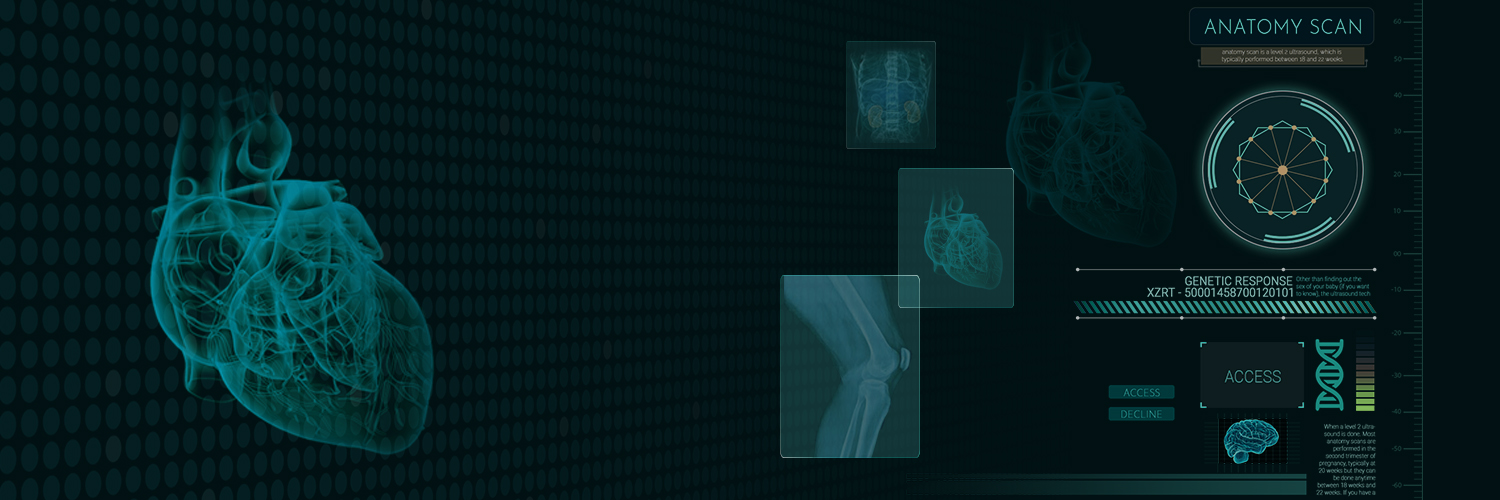THE PARTS OF THE NERVOUS SYSTEM
The nervous system can be divide into two main parts:
Central nervous system: It consists of
Peripheral nervous system: The peripheral nervous system can be further divided in to two parts:
- Voluntary nervous system: It is under voluntary control from the brain and
- Autonomic nervous system: It operates automatically or involuntarily
The peripheral nervous system:
All the nerves of the body together make up the peripheral nervous system (PNS).
- Reflex Arcs: The pathway (or route) taken by nerve impulses in a reflex action is called the reflex arc.
- Reflex Action: A reflex action is an automatic response to a stimulus.
- Spinal Reflexes: The reflexes of this type which involve only the spinal cord are called spinal reflexes.
Central nervous system:
The central nervous system (CNS) consists of the brain and the spinal cord.
- Brain:
- Neuroscience deals with the study of the brain. All voluntary and involuntary actions, thinking and feeling, asking questions and giving answers, walking, talking, every minute action such as the rise of a hand or even a finger is possible because of the brain.
- Hence, functioning of the brain is quite complex. It involves both the central as well as the peripheral nervous system. Brain is the highest coordinating center in the body. It is located inside the skull of our body.
- The brain sends messages to all the muscles. Cranial and spinal nerves facilitate this communication.
Functions of Brain:
- The brain receives information-carrying nerve impulses from all the sensory organs of the body.
- The brain coordinate the various stimuli from different sense organs and produces the most appropriate and intelligent response.
- The brain responds to the impulses brought in by sensory organs by sending its own instructions (through motor nerves) to the muscles and glands causing them to function accordingly.
- The brain stores ‘information’ so that behaviour can be modified according to the past experience. This function makes the brain the organ of through and intelligence.
- The brain coordinates the body activities so that the mechanisms and chemical reactions of the body work together efficiently.
Parts of Brain:
- Cranium: Cranium is a bony box which protects the brain.
- Menings: The brain The brain is surrounded by three membranes called meninges, Cerebro spinal fluid fills the space between the membranes (or meninges). This fluid protects the brain from mechanical shocks.
- The brain has three such major parts or regions
- fore-brain,
- mid-brain and
- hind-brain.
Forebrain:
- The fore-brain is the main thinking part of the brain. It has regions which receive sensory impulses from various receptors and controls Voluntary muscles. Separate areas of the fore-brain are specialised for hearing, smell, sight and so on.
- Fore-brain has separate areas of association, where the sensory information is interpreted by putting it together with information from other receptors. It comprises of the limbic system (which includes the amygdala and hippocampus), and the cerebral cortex.
- The cerebral cortex is the largest part of the brain and is divided into two further parts, i.e. the left hemisphere and the right hemisphere. The left hemisphere is responsible for verbal activities such as speaking and the right hemisphere is responsible for non-verbal activities such as recognizing spaces and people by looking at them, etc.
- The amygdala makes humans aware of their emotions and also responds to emotions appropriately. It is also responsible for the EQ (Emotional Quotient) of humans and helps to distinguish between two things.
- The thalamus is responsible for realization that if one is asleep or awake. It also redistributes different kinds of incoming information to different parts of the forebrain.
- The hypothalamus is associated with activities that regulate activities such as eating and drinking.
- The hippocampus deals with memories. So any damage to this part will devoid a person of the ability to store new information.
Mid brain:
This region is associated with vision, motor control, hearing, alertness, temperature regulation, etc. It connects the forebrain to the hindbrain
Hind-brain
The Hind-brain consists mainly of cerebrum. The hindbrain consists of three centers:
- pons
- cerebellum and
- medulla
The cerebrum (or forebrain) is the main thinking part of the brain. It is the site of our faculties such as learning, reasoning, intelligence, personality and memory. All the voluntary actions of the body are coordinated by the cerebrum. The midbrain controls reflex movements of the head, neck and truck in response to visual and auditory stimuli. The cerebellum helps in maintaining posture and balance of the body. It also enables us to make precise and accurate movements. The cerebellum coordinates smooth body movements such as walking, dancing, riding a bicycle and picking up a pencil, etc.
Medulla controls various involuntary action such as heart beat (blood circulation), breathing, blood pressure and peristaltic movements of alimentary canal. Medulla is also the controlling centre for reflexes such as swallowing, coughing, sneezing, secretion of saliva and vomiting.
The pons acts as a bridge with the midbrain and controls the intensity and frequency of breathing mechanism and sleep cycles.
Skull
The skull protects the brain by providing a bony structure. The brain rests in a fluid-filled balloon inside the skull which provides further shock absorption.
Spinal cord
Spinal cord is cylindrical structure. The spinal cord begins in continuation with medulla and extends downwards. It is enclosed in a bony cage called vertebral column.

